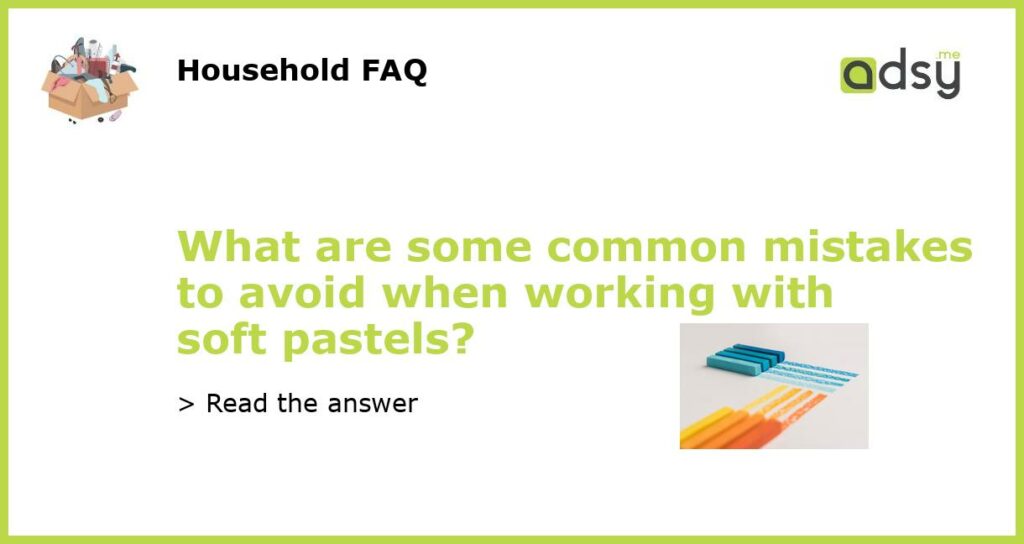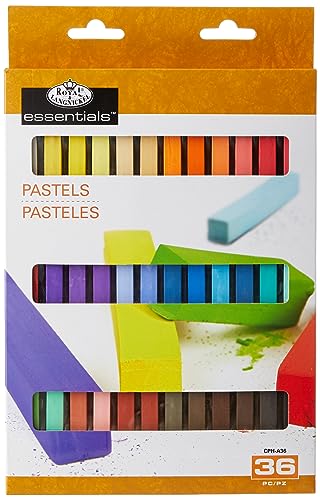Using Too Much Pressure
One common mistake that beginners make when working with soft pastels is using too much pressure. Soft pastels are composed of pigment, binder, and a small amount of chalk or clay, making them delicate and easily smudged. Applying too much pressure can cause the pastel to crumble and create a heavy, opaque appearance. To avoid this mistake, remember to apply gentle, light strokes when working with soft pastels.
Not Preparing the Surface Properly
Another mistake to avoid when working with soft pastels is not preparing the surface properly. Soft pastels require a surface with some degree of tooth or texture to hold the pigment. Smooth surfaces like glass or plastic will not allow the pastel to adhere properly and may cause the pigment to slide off. Before starting your artwork, it is important to choose a suitable surface such as sanded paper or pastel board, and ensure that it is properly prepared by adding a layer of gesso or pastel ground.
Using Too Many Colors
Using too many colors is a common mistake made by artists working with soft pastels. Soft pastels offer a wide range of vibrant colors, and it can be tempting to use them all in one artwork. However, using too many colors can result in a chaotic and overwhelming composition. To avoid this mistake, it is recommended to limit the number of colors used and focus on creating harmonious color schemes. By selecting a limited palette and exploring variations within those colors, you can create a more cohesive and visually pleasing artwork.
Not Using Fixative
Not using fixative is another mistake that can be made when working with soft pastels. Fixative is a spray that is applied to pastel artwork to help preserve the pigments and prevent smudging. Without fixative, soft pastels can easily smudge and lose their vibrant colors over time. It is important to apply fixative in several light layers, allowing each layer to dry before applying the next. This will help to protect your artwork and ensure its longevity.
Not Experimenting and Learning
One of the biggest mistakes an artist can make when working with any medium, including soft pastels, is not experimenting and learning from their mistakes. Soft pastels offer a wide range of techniques and effects, and it is important to explore and try new techniques to grow as an artist. By experimenting with different techniques, papers, and tools, artists can discover their own unique style and develop their skills. It is through trial and error that artists can learn and improve, so don’t be afraid to make mistakes and learn from them.






